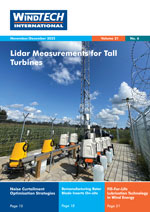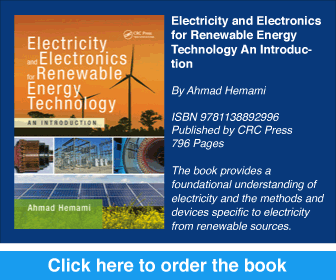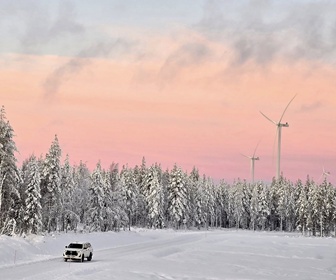- Category: Articles
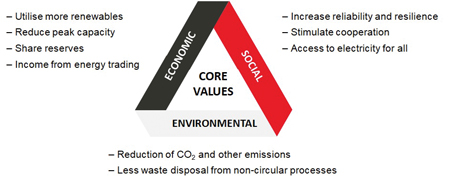 Urgent Need for Deeper Cross-Border Collaboration
Urgent Need for Deeper Cross-Border CollaborationElectricity is frequently called the lifeblood of modern society, providing us with everyday comfort, security and mobility. Electricity networks are the ‘blood vessels’ which deliver the electricity to our homes, factories and trains. They have been built for over a century and evolved into the largest and most complex machine ever made by humanity.
By Alexandre Oudalov, Market Innovation, Hitachi ABB Power Grids
- Category: Articles
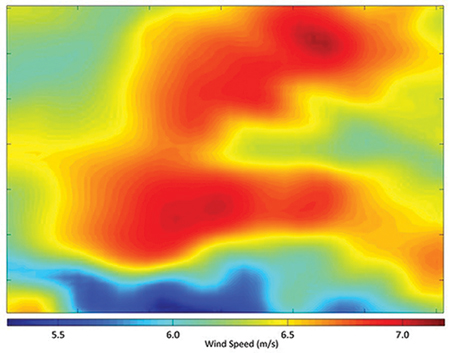 |
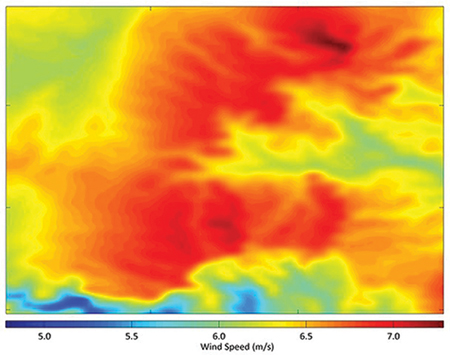 |
Because wind turbines operate in the natural atmosphere, high-resolution weather modelling is a powerful tool to help wind energy projects succeed throughout the project life cycle. When properly applied, such modelling helps to optimise wind farms by reducing the uncertainty associated with the spatial variability of wind flow across the site. Studies have shown that the uncertainty of mesoscale modelling for wind energy, when run at microscales, is lower than that of other modelling techniques such as linear flow models and computational fluid dynamics. Key features in the underlying physics and application technique of mesoscale models compared with the other modelling methods result in higher accuracy for wind energy assessment. Those differences are described herein. Additionally, we present validation statistics for a large dataset of wind projects to explore relationships between model error and other model and site parameters.
By Gregory S. Poulos and Mark Stoelinga, ArcVera Renewables, USA
- Category: Articles
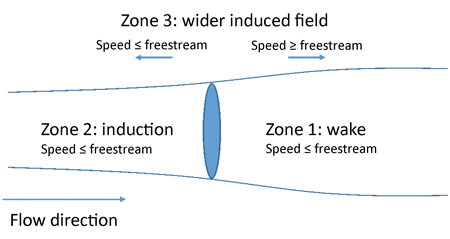 How Do We Get Beyond Blockage?
How Do We Get Beyond Blockage?The notion of wind farm blockage has recently created significant debate and raised many unanswered questions within the wind industry. Does blockage actually exist? Could it explain historical differences between pre-construction and operational yield assessments? What should we do about it? Here Frazer-Nash provides some of the latest thinking about understanding and predicting blockage.
By Graham Hawkes, Engineering Manager, Frazer-Nash Consultancy, UK
- Category: Articles
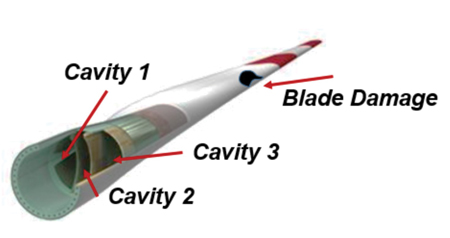 Saving Blades Using their Acoustic Signature
Saving Blades Using their Acoustic SignatureIt has recently been shown by the team at the University of Massachusetts Lowell that the acoustic signature generated by a turbine itself can be used to detect blade damage. This acoustics-based blade structural health monitoring approach will help minimise blade failures and lower the levelised cost of energy through a reduction in O&M costs. The proposed solution consists of low-cost, easy-to-implement acoustic sensors and a central data processing and wireless data transmission unit. The monitoring solution can be installed on both new and existing wind turbines.
By Murat Inalpolat, University of Massachusetts Lowell, USA
- Category: Articles
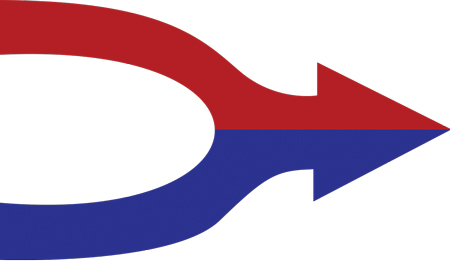 Understanding Best Practices for Data Standardisation
Understanding Best Practices for Data StandardisationENTR is an industry alliance set up to promote open-source standards within the wind sector. Among its participants are leading owner-operators, software vendors, a trade association, and a governmental organisation.
By Charles Henderson, CEO, Stacker Group, USA
- Category: Articles
 Preliminary Framework for Wind Farm Siting and Sizing
Preliminary Framework for Wind Farm Siting and SizingA high cost of licensed micro-siting software, a lack of reliable ground-based wind resource data and difficulty assessing geographically morphed areas of the country make it challenging for project developers in Nepal to perform preliminary siting and tangible evaluations of large-scale wind projects. Furthermore, areas with the most promising wind resource profiles in Nepal are usually located in rural and remote regions with poor accessibility and limited aggregated geographical data, and they are often isolated from electrical grid infrastructures. As such, identification of suitable locations for developing wind projects requires complex multi-criterion analysis, which in turn requires upfront investment. This article elaborates on a necessity-driven framework for wind farm siting and sizing that can process freely available project-specific parameters, geospatial data and factual information to identify project locations and produce quantitative figures for electricity generation.
By Ayush Acharya, WindPower Nepal, Nepal
- Category: Articles
Reducing the Maintenance Cost of Electrical Parts and Controls
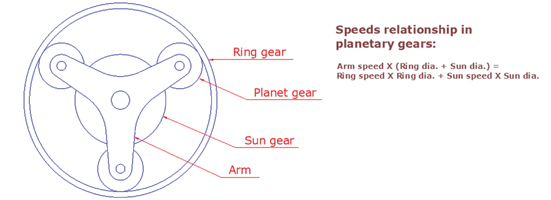 This article introduces, and shows by an example, the feasibility of a concept for a future wind turbine gearbox. The concept is based on the potential in the present wind turbine gearbox structure that is not utilised. The objective is to reduce the maintenance cost of the electrical parts and controls in a modern wind turbine.
This article introduces, and shows by an example, the feasibility of a concept for a future wind turbine gearbox. The concept is based on the potential in the present wind turbine gearbox structure that is not utilised. The objective is to reduce the maintenance cost of the electrical parts and controls in a modern wind turbine.By Ahmad Hemami, McGill University, Canada
Use of cookies
Windtech International wants to make your visit to our website as pleasant as possible. That is why we place cookies on your computer that remember your preferences. With anonymous information about your site use you also help us to improve the website. Of course we will ask for your permission first. Click Accept to use all functions of the Windtech International website.



